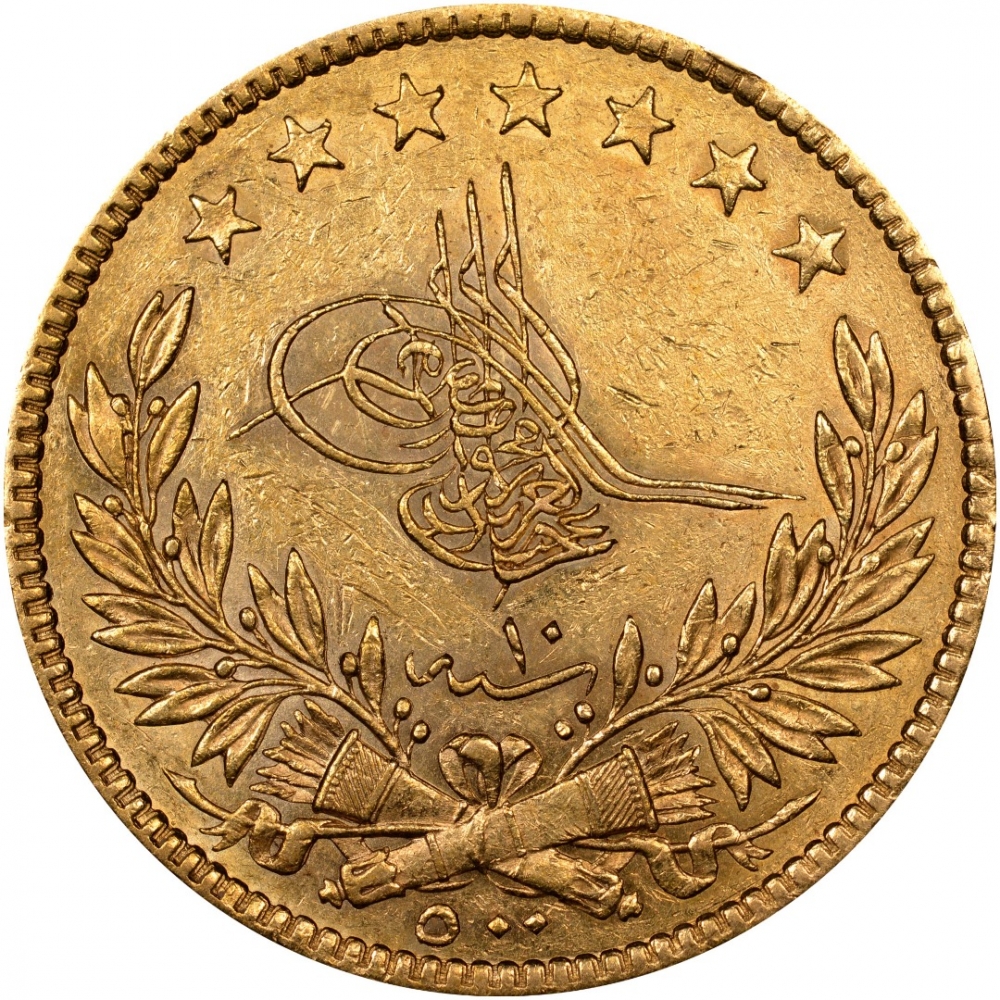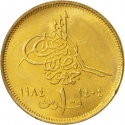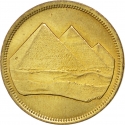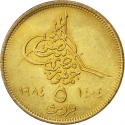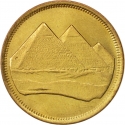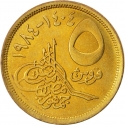You are about to finish your registration. Please check your mailbox (including spam folder). There should be a letter with a confirmation link. Check setting to make sure that your e-mail address is correct.
Send letter againDescription
Abdülaziz (1830–1876) was the 32nd Sultan of the Ottoman Empire and reigned between 25 June 1861 and 30 May 1876. He was the first Ottoman Sultan who travelled to Western Europe, visiting a number of important European capitals including Paris, London and Vienna in the summer of 1867.
Apart from his passion for the Ottoman Navy, which had the world's third largest fleet in 1875 (after the British and French navies), the Sultan took an interest in documenting the Ottoman Empire. He was also interested in literature and was a talented classical music composer. He was deposed on grounds of mismanaging the Ottoman economy on 30 May 1876, and was found dead six days later under unnatural and mysterious circumstances.
Obverse

|
Depicts a tughra in Abdülaziz name beneath stars and above regnal year (the year of the Sultans accession) below, wreath (quiver with arrows), and value. ١٠ |
|---|---|
Reverse

|
Depicts legends "May he be victorious" and "Struck in Constantinople" beneath a star within a wreath, fixed date (1277) below. عز نصره |
| Edge | - |
